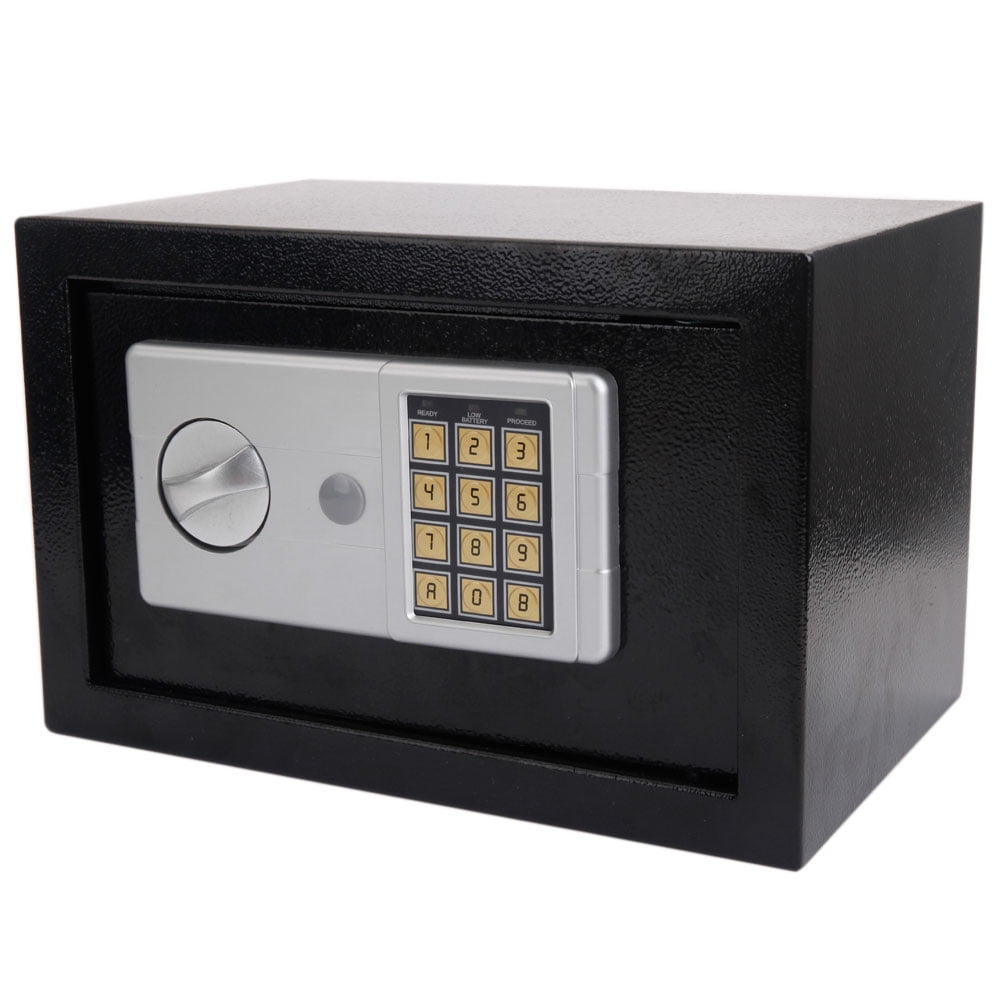
Anyone who will be accessing the box on your behalf would only be accepted if the box owner approved that person in advance and must fill paperwork for that person to gain access on behalf of the owner. You can opt to choose to lease a safe deposit box individually or have a co-lessor that would have equal access and rights to the box. Customers are required to provide an identification and your key to access the safe deposit box. To be able to access the box, they require that both keys must be used to be able to open the box. For a facility which has a keyless system, you will have to scan your finger or your hand to gain access to the box. Most facilities give you a key to access your box and another key to be held by an employee. Safety deposit facilities protect your valuables with secured box containers, advanced alarm systems, high-security locks, steel-barred concrete walls, video cameras, or a 24/7 security presence, just to name a few. Safe Deposit Center, for example, is literally a vault built into the side of mountain. Safe deposit facilities are designed to protect and withstand environmental factors such flood, fires, hurricanes and other natural disasters. Safe deposit facilities have numerous safety precautions that they implement to protect the safe deposit boxes of their customers. Safety Features of a Safe Deposit Box Facility Here are some safety features of a safe deposit facility and also extra safety measures you can undertake and follow before storing your items on a safe deposit to guarantee your items’ utmost protection. Safe deposit boxes are generally safer than most people’s homes as they are located in a secure area that is more resistant in floods, fire, hurricanes, tornadoes and other natural disasters. They also have more security than the average home when it comes to burglary. A safe deposit box comes in a variety of sizes which can be rented from months to years and is often kept in vaults in banks, institutions or credit unions. It is the facility’s job and priority to keep these safe deposit boxes safe and ensure protection against environmental factors and burglary. The proposed safety analysis is applied to a fictitious 2U CubeSat mission that performs a controlled re-entry using the Drag De-orbit Device developed by the ADAMUS laboratory at the University of Florida.Important documents and other belongings such as contracts, business papers, stock and bond certificates, family heirlooms, collectibles are items usually stored in the box. Coupled with advanced statistical techniques designed to estimate very low probabilities such as the Inputs' Statistics Method, a reliable safety analysis can be conducted with a limited overall computational burden. The reduced order model is based on these high level variables and captures the spacecraft fragmentation behavior and its re-entry dynamics with significantly less computation time than the high fidelity model. The high fidelity model includes both the aerodynamic and aerothermodynamic effects that occur during re-entry and is used to statistically characterize “high level’’ uncertain variables such as the ballistic coefficient and the demise altitude.

This proposed safety analysis is achieved using two re-entry models of differing complexity. Furthermore, by estimating the probability of debris landing outside the largest possible safety box within which there is a zero casualty risk, the maximum probability of control failure admissible for the mission can be estimated. Correctly estimating the dimensions of a safety box and locating it over uninhabited regions, such as the oceans, guarantees a casualty risk below a prescribed value.
#Safebox k 1 ch2 verification
A simple geometric safety assessment is proposed, based on the safety boxes concept introduced in the ESA Space Debris Mitigation Compliance Verification Guidelines. The objective of this work is to provide a reliable and efficient statistical analysis to estimate the risk to aeronautic and maritime traffic as well as to ground based populations. In addition, these spacecraft are usually limited to shallow re-entries which are more sensitive to atmospheric model uncertainties and thus have larger debris fields. They may contain components which might withstand the re-entry conditions and reach the ground.

Indeed, small spacecraft able to achieve advanced mission objectives are more frequently on the worldwide space agenda.

While in the past the end-of-life design for this type of spacecraft was often approximated or totally neglected, it has recently become increasingly important. In recent years, the interest and demand for small satellites have grown exponentially.


 0 kommentar(er)
0 kommentar(er)
